About 10 miles wandering around Mercer Meadows (a.ka. the Pole Farm) and Rosedale Park.

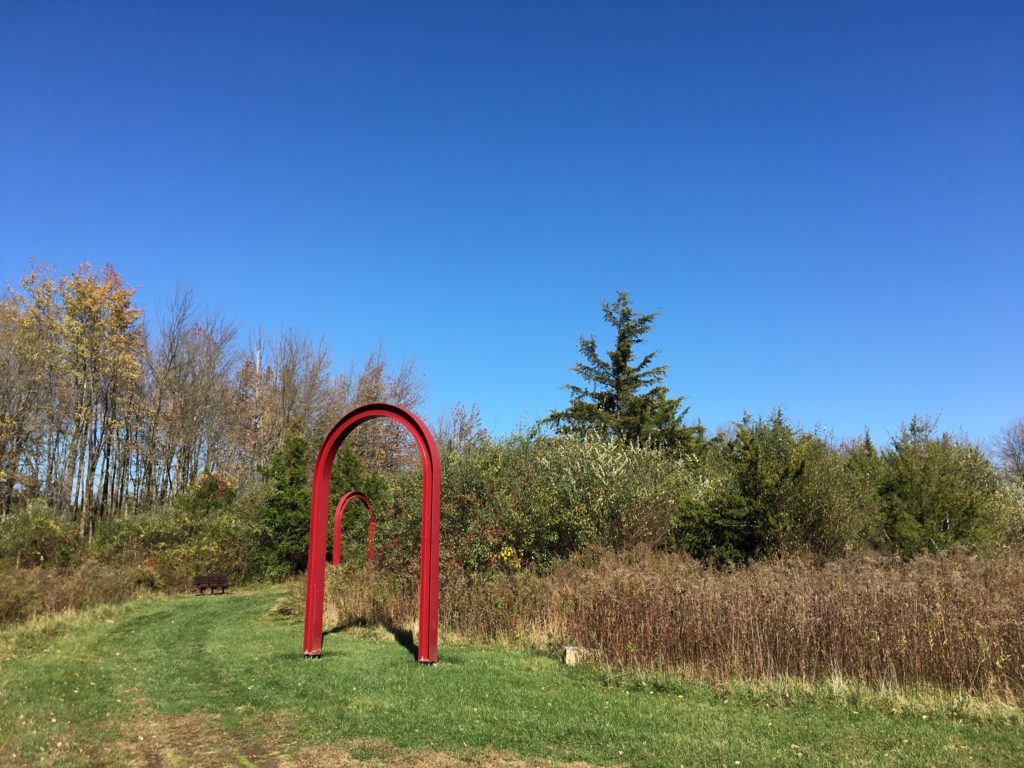
You begin to interest me…vaguely
About 10 miles wandering around Mercer Meadows (a.ka. the Pole Farm) and Rosedale Park.


Was N.J.’s Spy House one of the most haunted spots in the country? That’s up for debate
The Seabrook-Wilson House, a.k.a the Spy House, was built in the early 1700s. Over the years, archaeology and historical research has uncovered much of the true history of the house. Now part of Bayshore Waterfront Park in Port Monmouth, New Jersey, the historic house museum has a slate of free history and science programs scheduled, including their new History on Tap series, beginning with Famous and Forgotten Shipwrecks of New Jersey, an Archaeological Perspective on November 14.

If you’re getting tired of the same old Halloween songs like Monster Mash, Ghostbusters, and Thriller, here are three alternatives.
(It’s a) Monster’s Holiday should not be confused with Monster’s Holiday, which was Bobby “Boris” Pickett’s Christmas-themed sequel to Monster Mash. Buck Owen’s 1974 hit assembles the usual monster lineup, and throws in dragons for good measure.
When a ghost (or is it an alien?) tries to scare Jumpin’ Gene Simmons (no, not the Demon bassist from Kiss) out of the Haunted House he just bought, Gene doesn’t need to call Ghostbusters, he handles the situation himself.
Haunted House was written by record producer Bob Geddins and first recorded by Johnny Fuller in 1958. Simmons’ version was released in 1964.
The Greenwich Village Halloween Parade is the subject of Lou Reed’s 1989 song, which also serves as an elegy for people who died during the 1980s AIDS crisis.
Looking for more? Try Tain’t no Sin to Take off Your Skin or Batman, Wolfman, Frankenstein, or Dracula.
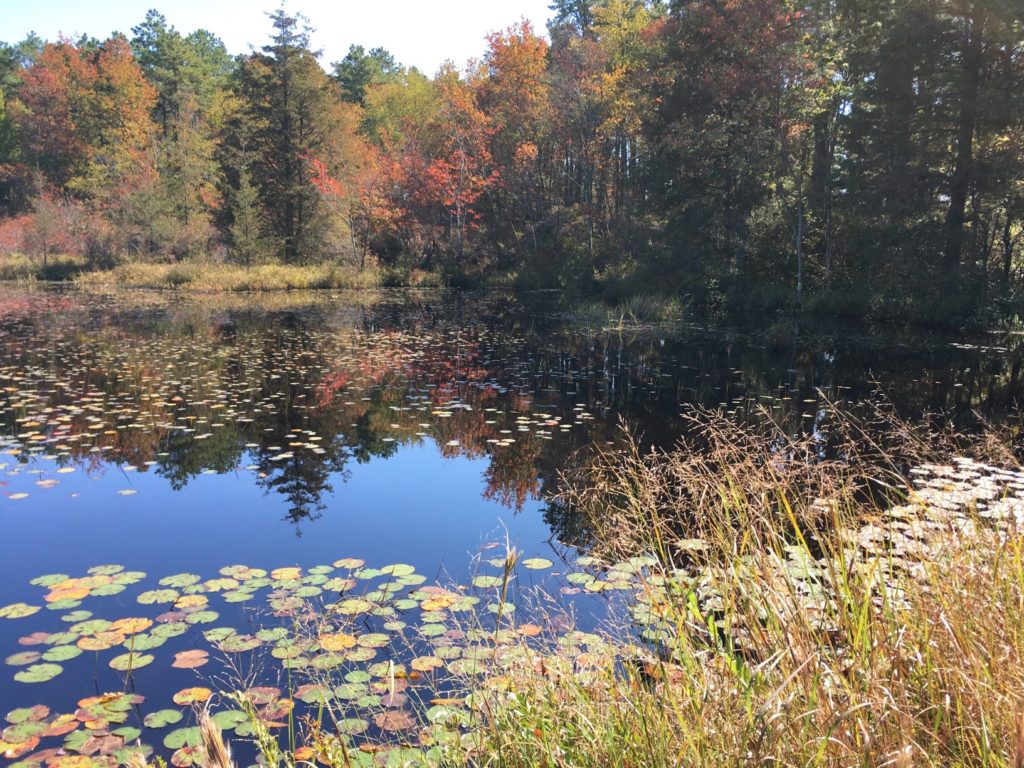
Fall colors are appearing in the Pine Barrens. I rode about 10 miles on parts of the Mt. Misery trail and Glass House Road in Brendan Byrne State Forest, which provide a mix of paved roads, wide graded sand roads, and single track closely hemmed by bushes and trees. I must have been the first visitor that morning, because I was constantly riding through webs spanning the trail and when I stopped for a bit, there were at least three spiders still hanging on to the front of my bike.
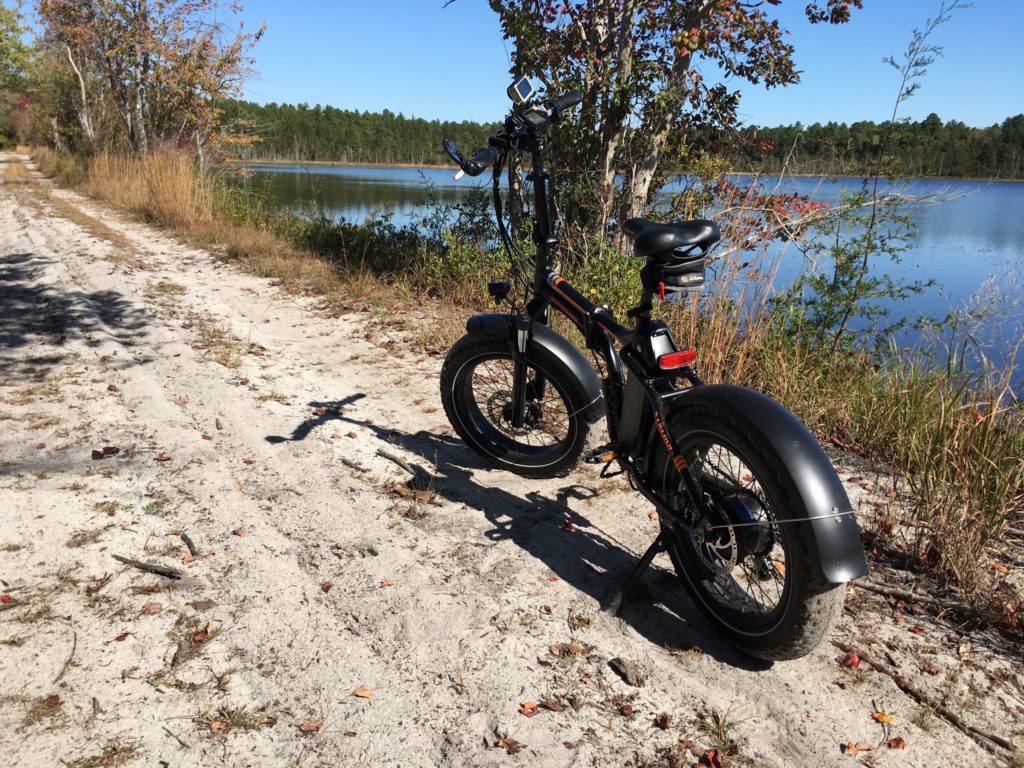
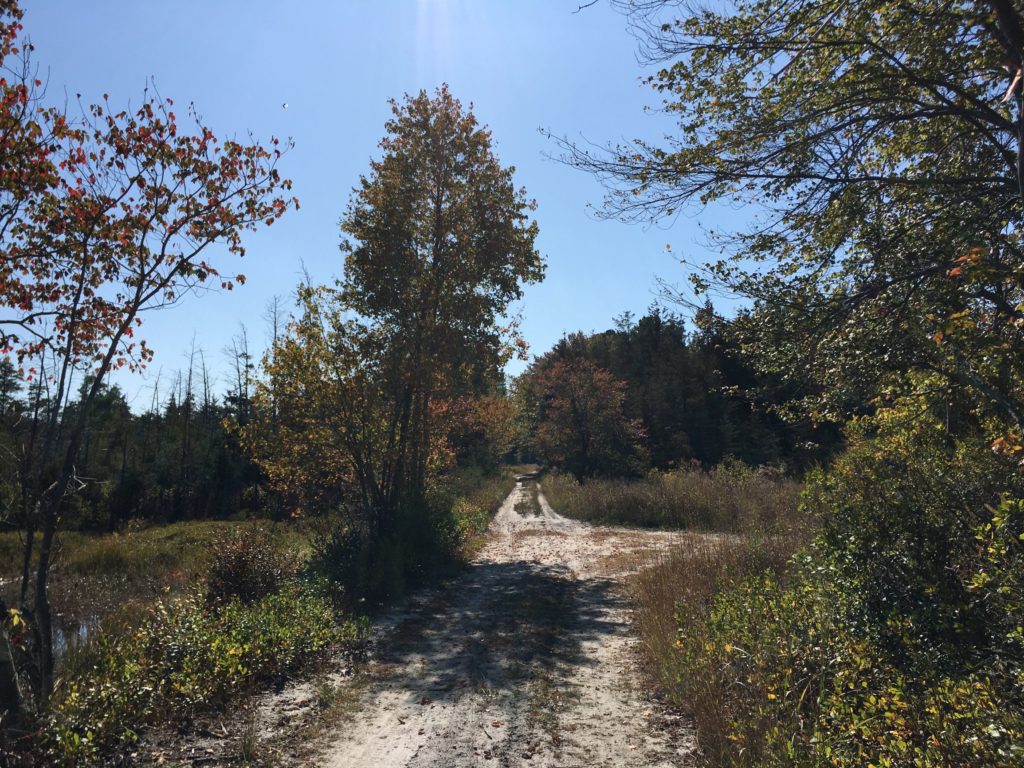

Near the end of the ride, the Reeves cranberry bogs provided a peerless photographic opportunity. The bogs were created by William H. Reeves at the beginning of the twentieth century and remained in operation for at least half a century.
The roads around the bogs had some soft sand. The RadMini did not seem to have a problem with it, but I did almost wipe out plowing through a turn a little too fast.
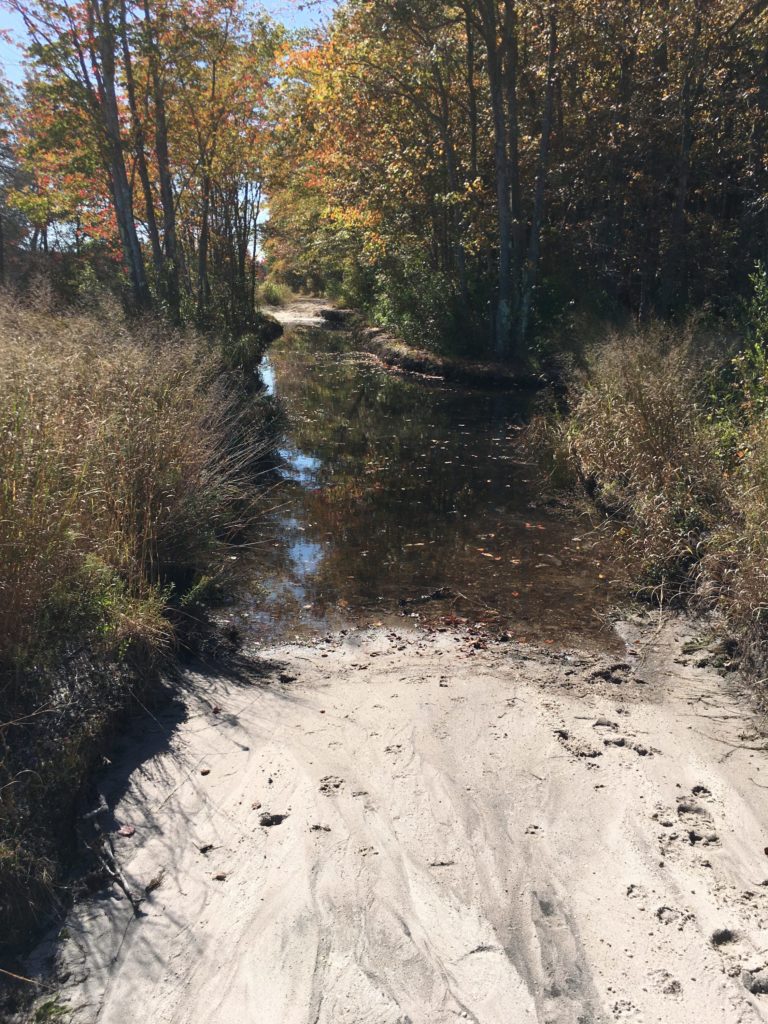
I recently stumbled upon two more passenger pigeon mounts I was unaware of. The Horninam Museum and Gardens in London, England, has two mounted passenger pigeons, a male and a female. Photos of the birds (NH.Z. 1768 and 1769) can be seen at the museum website.
The two pigeons are part of a natural history collection amassed by Samuel Prout Newcombe in the nineteenth century. Newcombe had owned a number of photography studios in London in the mid 1800s. He also was a writer, and in 1851 wrote a guide to the The Great Exhibition (also known as the Crystal Palace Exhibition) that focused on foods of the world, including an entry on the passenger pigeon. Around 1870, Newcombe sold his photography studios and retired to life a leisure.
Keenly interested in natural history, Samuel Prout Newcombe had amassed a large collection of specimens and books on natural history. … “Nature“, the International Journal of Science, reported in 1899 that: “Mr. S. Prout Newcombe has offered the London County Council his educational collection of natural history specimens and literature. This collection, which consists of about 21,000 objects, included a considerable number of works on natural history subjects“.
https://www.photohistory-sussex.co.uk/Hastings_Newcombe.htm
The Horniman received the Newcombe collection in 1905.
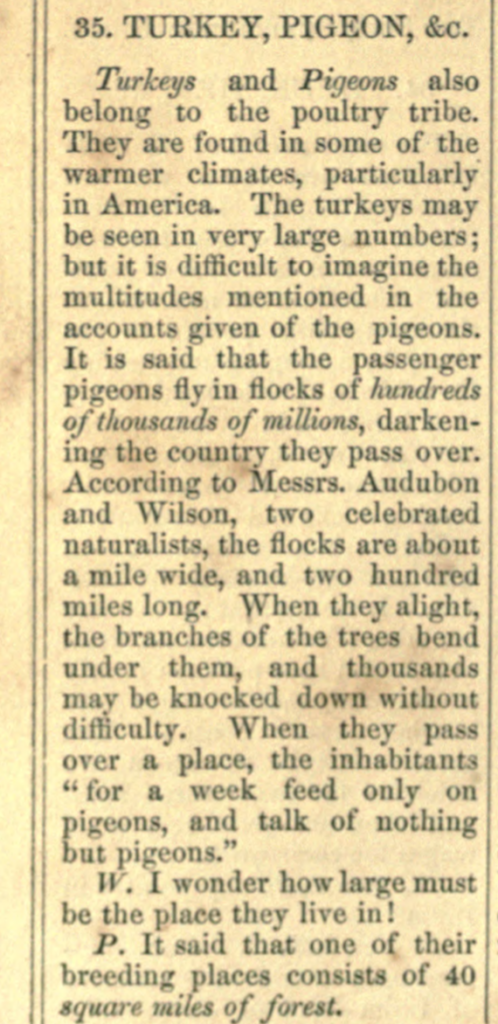
Finally finished Volume 2 of Gary Giddins’ masterful biography of Bing Crosby. To celebrate, here’s Bing singing It’s Been a Long, Long Time. Inspired by VE Day in 1945, Bing’s version, featuring Les Paul on guitar and not much else, hit #1 on the charts in December of that year. According to Giddins, “Bing saw immediately that the lyric worked equally well as the entreaty of Odysseus to Penelope or Penelope to Odysseus.”

Another quick ride, on both single track and the paved bike path. The lake here was constructed in the 1970s by damming Assunpink Creek. It’s used as a U.S. Olympic training site for rowing.
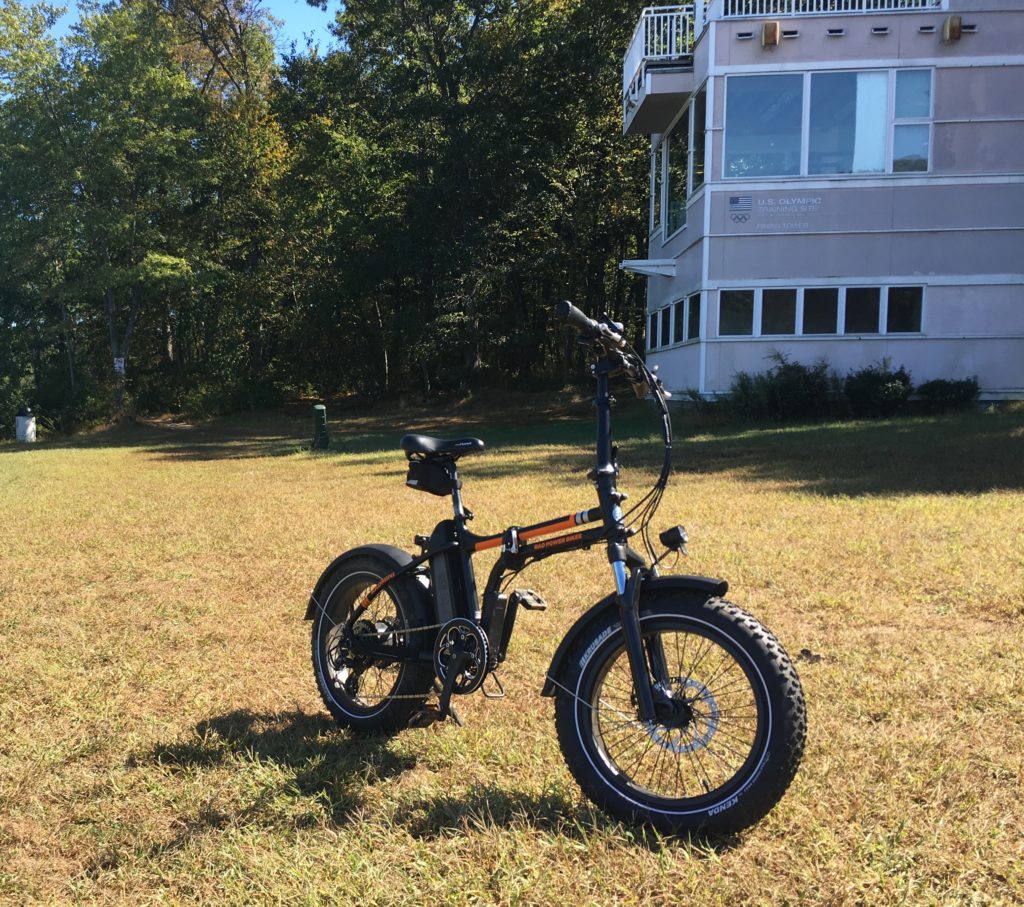
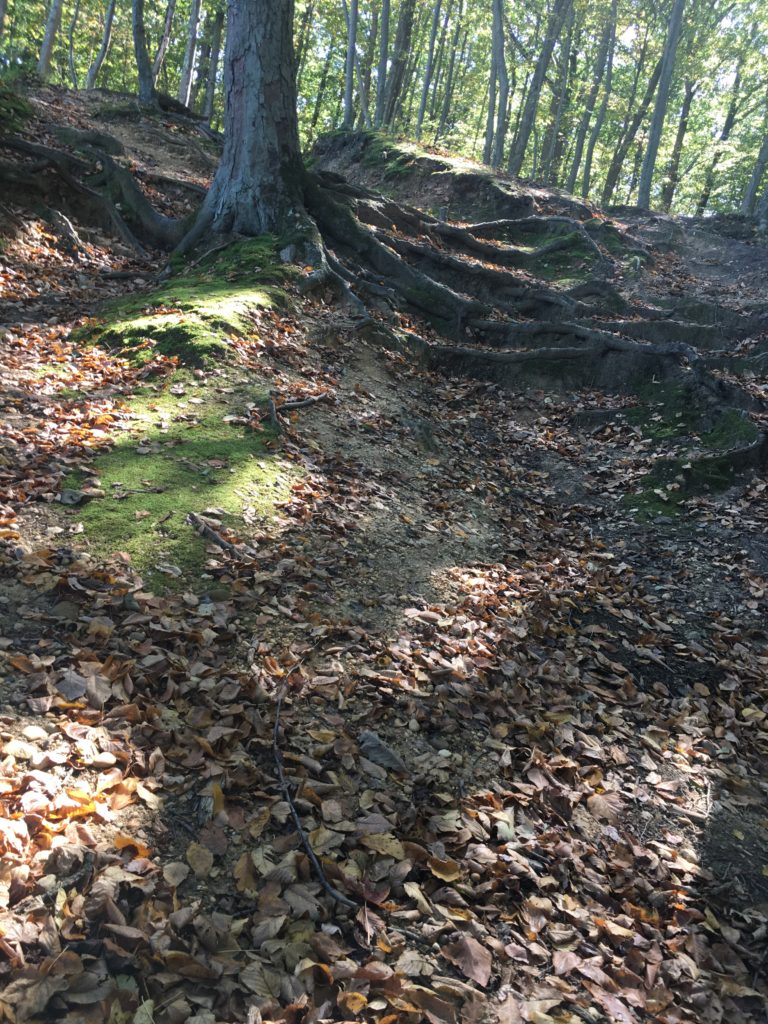
David Murrell on everything that’s not being done for the Philadelphia birthplace of the United States:
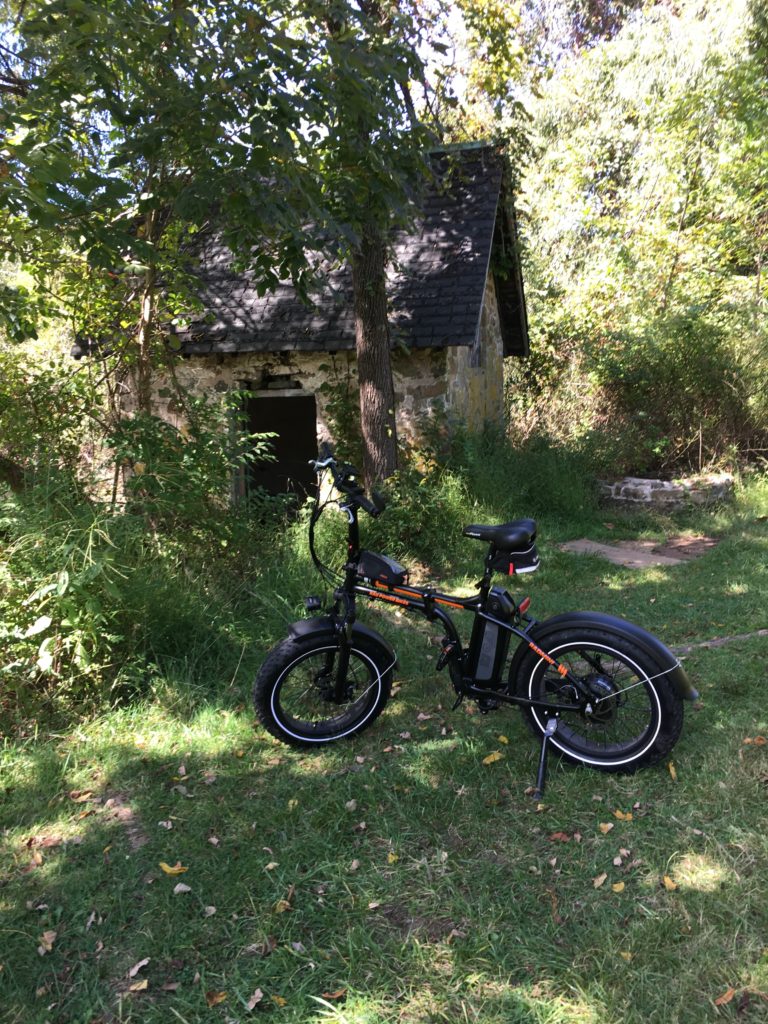

A quick, 5 mile out-and-back ride along the Ridge Trail in the Ted Stiles Preserve at Baldpate Mountain, New Jersey.
The Gold Camp Road runs through the Rocky Mountains south of Pikes Peak in Colorado. For over a hundred years, it has been traveled by tourists, first on passenger trains and later in automobiles. The Colorado Springs & Cripple Creek District Railway was built around the turn of the twentieth century to bring gold ore down from the mines around Cripple Creek and Victor. By the 1920s, the railroad was out of business and the route was soon converted into an automobile toll road for tourists.

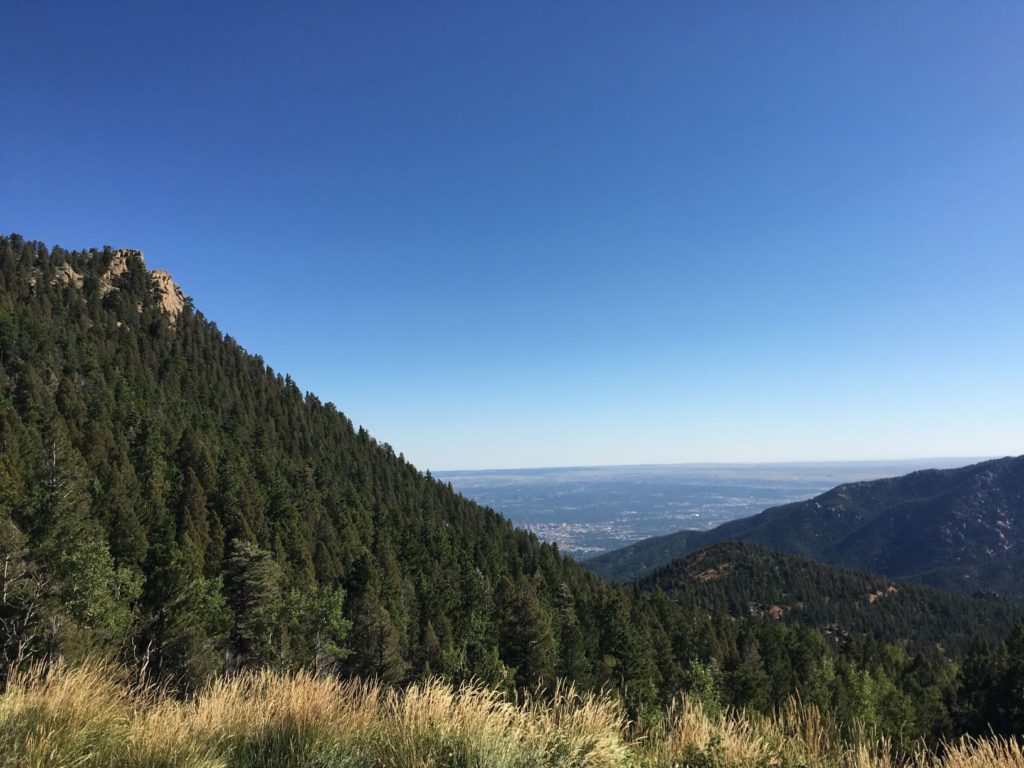
It remains a popular destination. We rented a couple of KHS mountain bikes from Challenge Unlimited and they drove us in their van up the unpaved and potholed Old Stage Road to St. Peters Dome, roughly halfway between Cripple Creek and Colorado Springs. Our driver dropped us off with a couple water bottles, a photocopy of a hand-drawn map, and a little backpack with a pump and repair kit, in case we got a flat tire. From there, it was all downhill.
The first eight miles or so are closed to automobiles, and we were riding on a Monday after the summer tourist season ended, so we had the gravel road to ourselves. We rode through two tunnels, stopping several times to take in the views. After about an hour and a half, we reached Tunnel #3. In 1988, this tunnel collapsed (which is why cars are no longer allowed), so we had to walk the bikes along a trail that goes over the tunnel. Below Tunnel #3 there was a parking lot, cars, and more hikers and bikers, but it was definitely not crowded. We continued downhill through more tunnels and rock cuts.